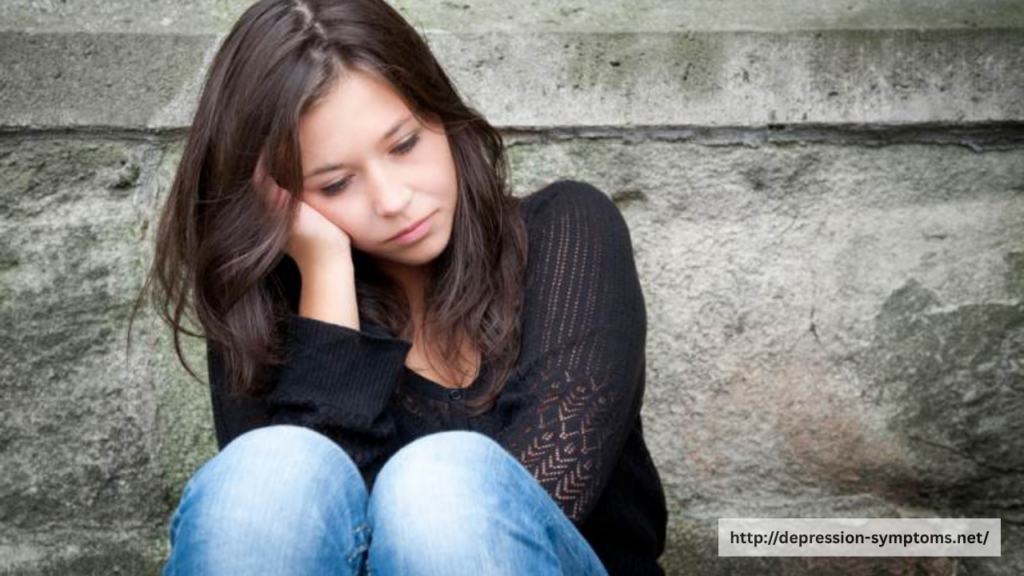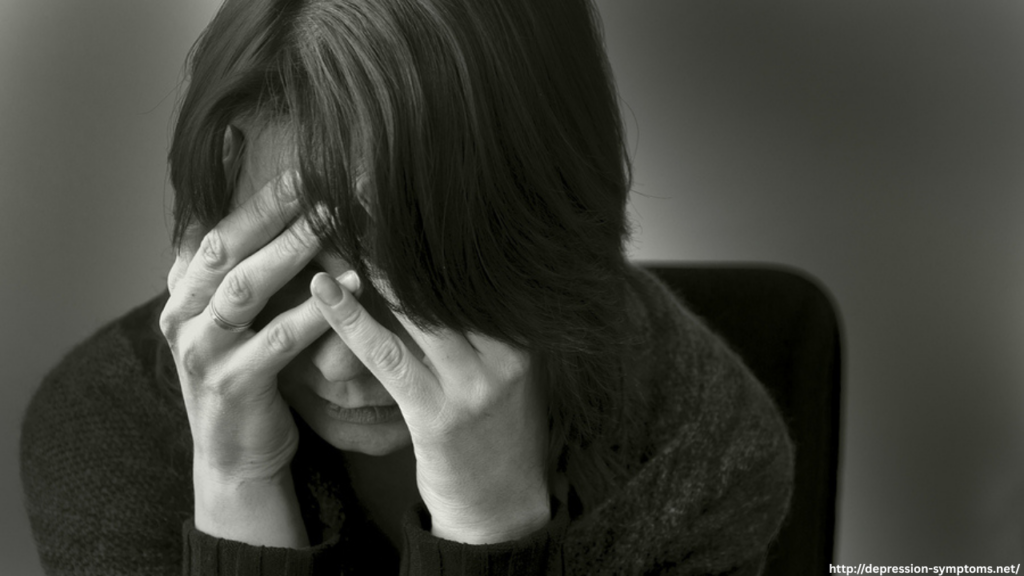
Everyone feels down or sad from time to time. It’s a natural part of being human—whether it’s caused by a stressful day, a personal loss, or just a tough moment. These episodes, often referred to as “the blues,” usually fade with time, self-care, or support from loved ones. But sometimes, that sadness lingers, deepens, and begins to interfere with daily life. When this happens, it may no longer be just a passing mood but something more serious: depression.
Understanding the difference between temporary sadness and clinical depression is essential—not only for those experiencing emotional distress but also for friends and family trying to offer support.
Duration and Persistence
One of the biggest differences between normal sadness and depression is how long it lasts. The blues typically pass in a few hours or days, especially once the triggering event has been resolved or processed. Depression, on the other hand, persists for weeks, months, or even years if untreated. Mental health professionals often diagnose depression when symptoms last at least two weeks and are present most of the day, nearly every day.
Intensity of Emotions
Sadness from a bad day or life event can still allow room for hope, enjoyment, and emotional fluctuation. People may feel down but still laugh at a joke, enjoy a good meal, or find relief in distraction. Depression, however, often feels all-consuming. There’s a weight to the emotions that doesn’t lift easily, and the sadness may feel profound, hopeless, or empty. Even joyful experiences bring little to no pleasure—a symptom known as anhedonia.
Functioning in Daily Life
With the blues, people are generally still able to carry on with their lives. They might feel low, but they can still go to work, meet deadlines, or maintain relationships. Depression, by contrast, can interfere with day-to-day functioning. Tasks that once felt routine—getting out of bed, preparing food, answering a phone call—may feel impossible. Productivity may drop, and social withdrawal is common.
Physical and Cognitive Symptoms
Depression is not just emotional—it’s physical and mental as well. It often comes with sleep disturbances (either too much or too little), changes in appetite, fatigue, and slowed thinking or speech. Cognitive symptoms like trouble concentrating, decision-making issues, or persistent negative thoughts are also key indicators. These symptoms rarely accompany ordinary sadness.
Self-Esteem and Worthlessness
Feeling blue doesn’t typically lead someone to question their value or purpose in life. Depression often does. People experiencing depression may feel worthless, guilty, or as though they’re a burden to others. These intense feelings of self-loathing can sometimes escalate into thoughts of self-harm or suicide, which require immediate attention and care.
When to Seek Help
It’s important to seek professional help if feelings of sadness are intense, long-lasting, and begin to affect your ability to function. Depression is a medical condition—treatable through therapy, medication, lifestyle changes, or a combination of approaches. The earlier it’s addressed, the more manageable it becomes.
Recognizing the key differences between depression and normal sadness can be life-changing. While the blues are temporary, depression is persistent—but with support and treatment, recovery is absolutely possible.
